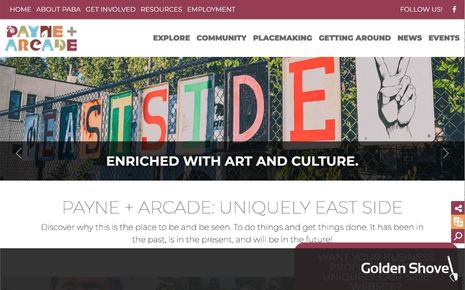2022 Strategies for Solving Housing Shortages

6 Dec 2022
News, Housing
There are several viable options for communities looking to tackle their housing shortages by building affordable workforce housing.
Housing shortages and homelessness are detrimental to the health and well-being of any community’s economic development. Addressing the housing shortage through an approach as multifaceted as its causes becomes necessary for a flourishing local economy.
Another pending housing crisis resides in the older generation. The population over 60 is growing and will need more options, including homes that are more easily accessible for people with potential disabilities or other physical limitations that come with age.
But there is hope: Preserving existing housing is more affordable than building new housing. Several cities have done just that through creative solutions by using existing housing.
Looking Back: How Other Cities Have Approached Housing Shortages
Several municipal economic development efforts have been made across the country to begin solving the housing crisis. Three examples: Dallas, Texas, Missoula, Montana, and Gary, Indiana, put their resources to use in a way that is not contingent upon federal money coming through but instead provides the perfect foundation to continue to scale homelessness prevention if the money becomes usable.
The Dallas, Texas Housing Authority bought an apartment building next to a train station to house tenants earning less than 80 percent of the area’s median income. The Housing Authority is also looking into selling or redeveloping many of its aging properties.
The city of Missoula won a bidding war to purchase a 96-unit apartment complex to use existing housing instead of merely adding new housing. In Gary, Indiana, the housing authority bought an elementary school that was no longer being used and converted it into affordable housing.
Mitigating Housing Shortages Through Zoning Reform
Another solution is for local government to consider is zoning reform. Many zoning regulations restrict development to single-family attached houses across large communities. Denser housing types, such as duplexes, triplexes, and townhouses, are needed.
Local governments can also review all publicly owned property to see if any would be feasible for affordable workforce housing. Moving or combining civic uses with less prime property can free up land.
Affordable Housing in Rural Areas
Existing communities in areas prone to storm-related damage need more support, too. When it comes to affordable housing in rural areas that experience extreme weather, housing needs to be made more sustainable and climate resilient. These areas can be affected by environmental hazards and natural disasters.
There is no one size fits all solution. Download Golden Shovel’s housing whitepaper for detailed examples of housing solutions and to read case studies of what has worked across North America.
More Topics





